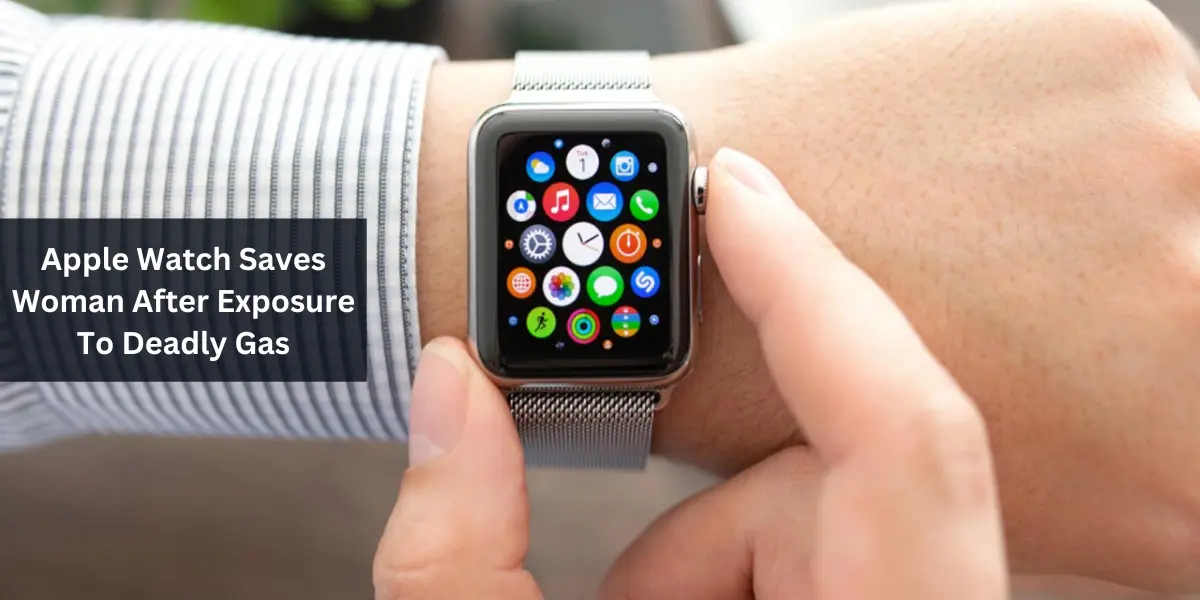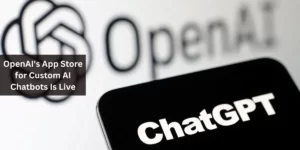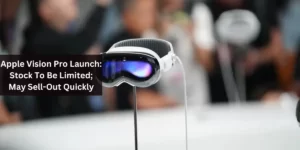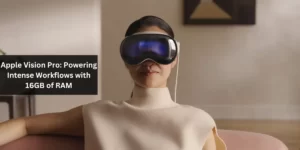Imagine wearing a gadget that could save your life. Sounds like something from a sci-fi movie, right? But it’s real, and it’s on your wrist! This article tells the remarkable story of how an Apple Watch became a lifesaver for a woman exposed to a deadly gas.
The Incident: A Close Call with Danger
Let’s set the scene. A woman, let’s call her Sarah, was at home when she was exposed to carbon monoxide, a deadly, odorless gas. It was an invisible threat, but her Apple Watch was about to become her guardian angel.
Apple Watch: More Than Just a Timepiece
Why is an Apple Watch so special in this scenario? It’s not just about telling time or reading texts. It’s equipped with health monitoring features that are becoming increasingly sophisticated.
Immediate Alert: The Watch’s Response
When Sarah’s health parameters changed drastically, her Apple Watch didn’t just monitor; it alerted. It detected the irregularities and immediately notified her and her emergency contacts. This quick response was crucial.
The Role of Technology in Emergencies
Health Monitoring at Its Best
What makes the Apple Watch a hero in this story? Its ability to monitor health vitals like heart rate, blood oxygen levels, and even detect falls. In Sarah’s case, these features were lifesaving.
A Timely Intervention
Thanks to her watch, Sarah received prompt medical attention. The watch’s alert led to quick action, preventing what could have been a fatal incident.
The Power of Connectivity
In our connected world, the Apple Watch’s ability to send alerts to emergency contacts and services is a game-changer. It’s not just about the wearer; it’s about creating a safety network.
User Experience: Designed for Real Life
Intuitive and Lifesaving Features
Apple Watches are designed with the user in mind. They’re intuitive, easy to use, and, as Sarah’s story shows, potentially lifesaving. It’s technology that cares.
Accessibility for All
The best part? These features aren’t just for tech enthusiasts. They’re accessible to everyone, whether you’re a tech whiz or not.
Peace of Mind, On Your Wrist
Owning an Apple Watch gives a sense of security. It’s like having a personal health assistant with you at all times, watching over you.
The Bigger Picture: Wearable Tech in Healthcare
Revolutionizing Personal Health Monitoring
Sarah’s incident highlights how wearable tech like the Apple Watch is revolutionizing personal health monitoring. It’s proactive healthcare, right on your wrist.
The Future of Emergency Response
This incident is a window into the future of emergency response. Wearable devices could play a critical role in providing immediate assistance during health crises.
Bridging the Gap in Healthcare
Wearable tech is bridging gaps in healthcare accessibility and monitoring, providing a layer of safety and reassurance in our daily lives.
Conclusion: Embracing Technology for Safety
Sarah’s story is a testament to the incredible potential of wearable technology in safeguarding our health. The Apple Watch, a marvel of modern technology, proved to be more than an accessory; it was a lifesaver. As we continue to advance technologically, stories like these remind us of the profound impact these devices can have on our lives, offering not just convenience but crucial support in emergencies.
FAQ Section
What happened to the woman in the story?
Sarah was exposed to carbon monoxide, and her Apple Watch alerted her to the danger, allowing her to seek timely medical help.
How did the Apple Watch detect the emergency?
The watch monitored Sarah’s health vitals, which changed due to the gas exposure, triggering an alert.
Can the Apple Watch notify emergency contacts?
Yes, it can send alerts to emergency contacts and services when it detects a significant health change.
Is the Apple Watch suitable for non-tech-savvy users?
Absolutely! It’s designed to be user-friendly for people of all tech skill levels.
How is wearable technology like the Apple Watch impacting healthcare?
It’s revolutionizing personal health monitoring and emergency response, making healthcare more proactive and accessible.



